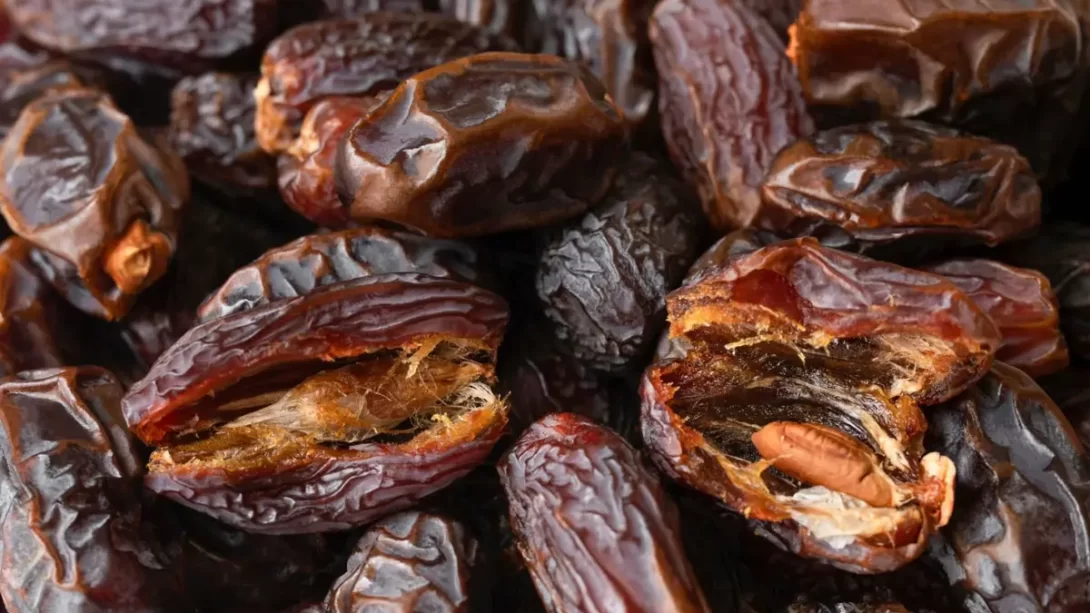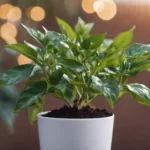Dates, known for their natural sweetness and rich texture, are a staple in many culinary traditions, especially in Middle Eastern and Mediterranean cuisines. They are often used in baking, cooking, and making healthy snacks. However, dried dates can sometimes be too firm for certain recipes, requiring softening to enhance their texture and flavor. This guide explores various methods to soften dates, ensuring they can be easily incorporated into a wide range of dishes.
Selecting the Right Dates
The success of softening dates begins with selecting the right type. Look for dates that are plump and glossy, with a deep brown color. They should be mildly soft to the touch, indicating good moisture content. Avoid dates that are overly dry, hard, or have crystallized sugar on their surface, as these are signs of age and may not soften as well. Medjool dates are often preferred for their natural softness and sweetness, but other varieties like Deglet Noor can also be softened effectively.
Quick Softening Techniques
Using Hot Water
Soaking dates in hot water is a quick and efficient way to soften them. Start by pitting the dates if they are not already pitted. Boil water and pour it over the dates, ensuring they are fully submerged. Allow them to soak for about 10-15 minutes. The dates will absorb the moisture and become plumper and softer. This method is ideal if you are short on time and need soft dates quickly for a recipe.
Microwave Method
The microwave is another quick method for softening dates. Place the pitted dates in a microwave-safe bowl and add a splash of water to help create steam. Cover the bowl with a microwave-safe lid or plastic wrap, leaving a small vent for steam to escape. Microwave the dates on high for 20-30 seconds. Check the softness and continue in 10-second increments if necessary. Be cautious when removing the dates from the microwave, as they will be very hot.
Long-Term Softening Methods
Oven Softening
For a gentle, gradual softening process, the oven can be a great tool. Preheat your oven to a low temperature, around 200°F (93°C). Spread the pitted dates in a single layer on a baking sheet. You may line the sheet with parchment paper for easy cleanup. Place the dates in the oven, leaving the door slightly ajar to allow moisture to escape. Heat them for 10 to 15 minutes, checking periodically. This method is slower but can yield evenly softened dates, perfect for baking or cooking.
Room Temperature Softening
Softening dates at room temperature is the most natural method, though it takes longer. Simply place the pitted dates in an airtight container, ensuring there is some space for air circulation. Leave the container in a cool, dry place for several days. This method requires patience but preserves the natural flavor and texture of the dates without the need for additional heat or moisture.
Additional Tips for Softening Dates
To enhance the flavor of dates during the softening process, consider adding a touch of flavor to the soaking liquid. For instance, soaking dates in orange juice or apple juice instead of water can infuse them with a subtle fruity flavor. Alternatively, a dash of vanilla extract or a flavored syrup can add an interesting twist to your recipes. Remember, if you plan to remove the pits from the dates, doing so before the softening process makes it easier and allows for better absorption of moisture or added flavors.
Storing Softened Dates
Once your dates are softened, proper storage is crucial to maintain their quality. Softened dates should be stored in an airtight container to retain moisture and prevent them from drying out. They can be kept at room temperature if they will be used within a few days. For longer storage, placing them in the refrigerator is advisable, where they can last for several weeks. If you need to store them for an extended period, freezing is an excellent option. Freeze the dates in a single layer on a baking sheet before transferring them to a freezer-safe bag or container. This prevents them from sticking together and allows you to use the desired amount as needed.
Conclusion
Softening dates is a straightforward process that can significantly enhance their texture and flavor, making them a versatile ingredient in various culinary creations. Whether you need them immediately soft for a quick recipe or have the luxury of time for a more natural method, there’s a technique to suit your needs. Quick methods like hot water soaking or using a microwave offer immediate results, while oven softening and room temperature methods provide a gentler approach.
Incorporating flavor-infused liquids during the softening process can add an extra dimension to your dishes. Experiment with different liquids like fruit juices or flavored syrups to discover unique taste combinations. Remember to store your softened dates properly to maintain their freshness and quality. Room temperature is fine for short-term storage, but for longer periods, the refrigerator or freezer will be your best options.
By understanding these various methods for softening dates, you can easily incorporate this nutritious and flavorful fruit into your cooking and baking repertoire. From sweet desserts and energy bars to savory sauces and stuffings, softened dates can elevate your dishes with their natural sweetness and rich texture. So, next time you find yourself with a batch of firm dates, remember these simple yet effective techniques to transform them into a delectable and versatile ingredient. Happy cooking!




